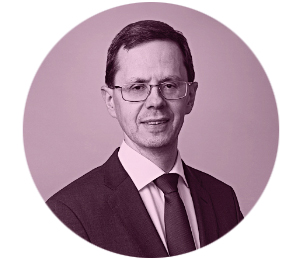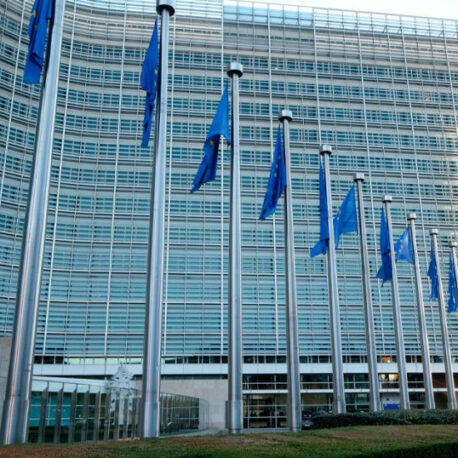
- The Banking Union’s Single Resolution Fund (SRF) has reached its target level of at least 1% of the amount of covered deposits, which currently stands at about €75 billion.
- Finnish banks have contributed to the SRF by more than €1.6 billion.
- The SRF is a key element of the EU’s Banking Union. Contributions have been collected since 2016.
- The purpose of the SRF is to ensure that the costs of banks failing or likely to fail will not be shouldered by taxpayers.
- To make sure the need to call upon this emergency fund never arises, it should be ensured that all banks in the Banking Union are financially sound and resilient and that investor bail-in is used to cover the costs of any crises.
The Banking Union’s Single Resolution Fund (SRF) reached its target level at the end of 2023. The SRF’s target level is at least 1% of the amount of covered deposits of all credit institutions authorised in the participating member states. At the end of 2023, this amounted to approximately €75 billion. Finance Finland, the common voice of the Finnish banking sector, is pleased that the SRF reached its target level during the eight-year build-up period of 2016–2023.
“I’m glad that the Single Resolution Fund has now reached its target level. The contributions have been a burden for Finnish banks, whose total contribution to the fund amounts to more than €1.6 billion”, says Finance Finland’s Chief Economist Veli-Matti Mattila.
The SRF is a key element of the EU’s Banking Union. Its purpose is to ensure that the costs of banks failing or likely to fail will not be shouldered by taxpayers. If any of the banks in the Banking Union are placed under resolution, losses are primarily covered by the bank’s shareholders and creditors. The SRF will only be used to resolve a failing bank under specific conditions and after other options have been exhausted.
“It is worth bearing in mind that if the Single Resolution Fund’s assets are used to resolve a bank, they must eventually be collected back from other banks. For Finnish banks, it is vital that the criteria for accessing the fund are kept strict. Investor bail-in must be the primary tool for covering the costs of banking crises. The use of this tool requires that banks hold a sufficient amount of own funds and liabilities that can be written down to absorb the losses and recapitalise the bank in the event of a crisis”, Mattila points out.
“For Finnish banks, it is vital that the criteria for accessing the Single Resolution Fund are kept strict. Investor bail-in must be the primary tool for covering the costs of banking crises.”
VELI-MATTI MATTILA, Director, Chief Economist

The results of the European Banking Authority’s stress test exercise of 2023 showed that the Finnish banking sector would withstand a significant weakening of the operating environment. Although the overall results of the European banking sector were good, not all banks did so well in the test. Some banks are still in the process of collecting the required resolution capital, which undermines their investor bail-in in the event of a crisis.
“The healthier European banks are, the smaller is the risk that we will ever have to fall back on the Single Resolution Fund”, Mattila says.
Still have questions?
|Contact our experts
Looking for more?
Other articles on the topic

National liability must come before liquidity assistance – Finance Finland’s summer party panel focused on the European deposit insurance scheme

Banking Union’s Single Resolution Fund reached its target level – the criteria for accessing the fund must be kept strict

The Government and the Commerce Committee adopted a constructive stance on furthering the Banking Union – investor bail-in must not be scrapped

As deposit guarantee and bank resolution are being developed, bail-in must not be forgotten




